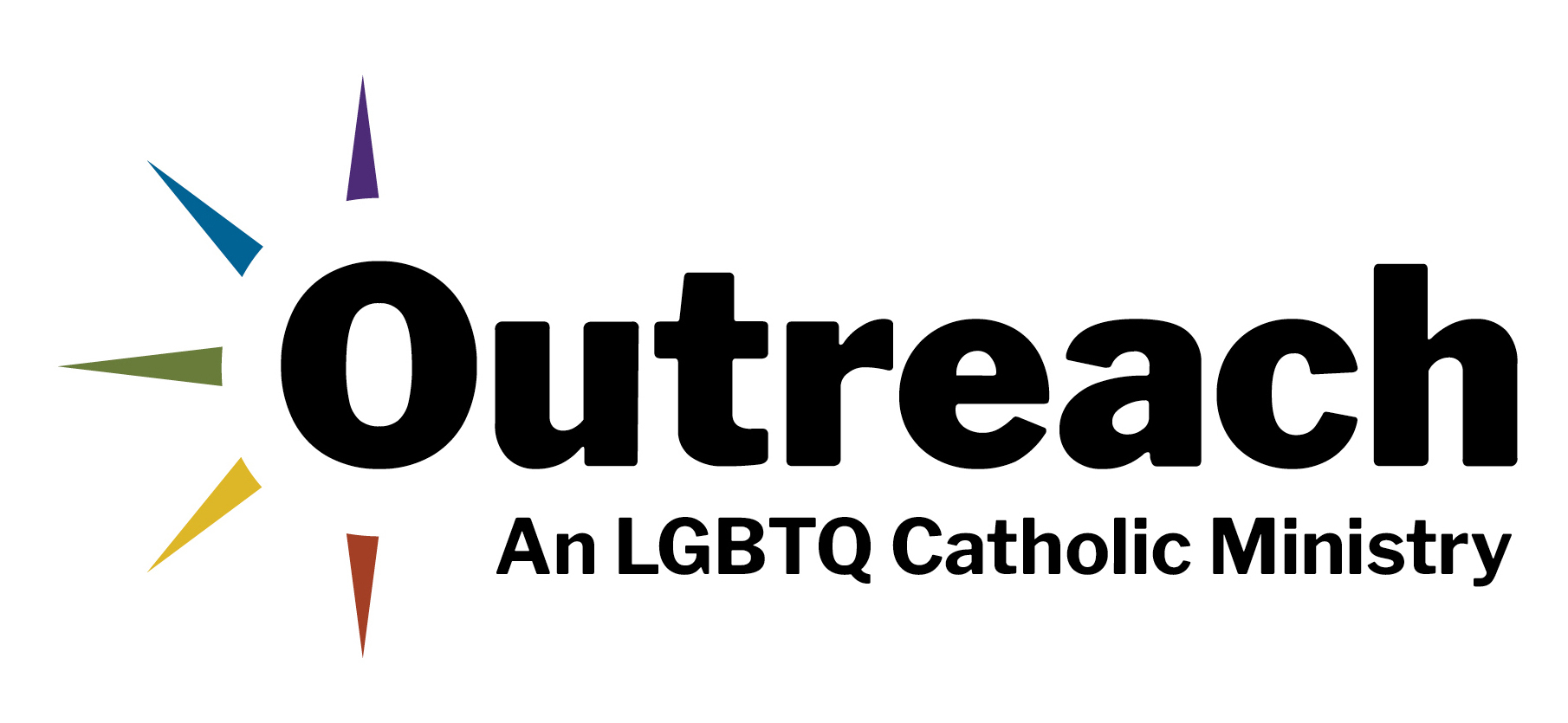Each June, Pride Month arrives and with it, discomfort in many Catholic spaces. Questions emerge: What should the church say? How should we respond? Is it a celebration, protest, threat? Seemingly behind these questions is a strong tension: What if we don’t know how to talk about this?
Over the years as the director of campus ministry at Neumann University, I’ve sat with college students, colleagues and parishioners who carry this tension in their daily lives. LGBTQ Catholics and their loved ones—including those who remained and those who walked away—approach this month feeling seen yet guarded. At the same time, ministers voice confusion: “We want to be welcoming and faithful. Where do we start?”
Last April, the Vatican released Dignitas Infinita, reaffirming every human being’s inalienable dignity. Then in October, Pope Francis released Dilexit Nos, an encyclical rooted in devotion to the Sacred Heart of Jesus. These texts offer a spiritual crossroads. They call for compassion yet reveal the church’s ongoing struggle to speak clearly on LGBTQ issues.
Pride Month is deeply human: the longing to be seen, fully alive and loved.
Pride Month is often dismissed as overly political. But at its core, it’s deeply human: the longing to be seen, fully alive and loved. Through the lens of Pope Francis’ most recent encyclicals, we know that’s not unlike the Gospel.
LGBTQ people have fought for recognition that others take for granted. Meanwhile, the church affirms dignity in doctrine yet struggles to embody it.
Dilexit Nos matters because Pope Francis returns us to the Sacred Heart—not merely as image, but theology. A heart pierced, vulnerable, burning with love.
Francis writes, “The Heart of Christ turns in compassion toward wounded humanity. It beats with tenderness for the forgotten, the outcast, the suffering. This is not vague sentiment, but the core of divine mercy.”
This isn’t romanticism, but a challenge. The Sacred Heart shows us not merely what the church teaches, but how we are to teach—with mercy, humility, presence.
The Sacred Heart shows us not merely what the church teaches, but how we are to teach—with mercy, humility, presence.
The pastoral crisis lies here. Recent Vatican responses—such as around blessings, gender identity, church roles—are inconsistent. They feel harsh. They serve as gestures of welcome that are qualified by reassertions of rules. Behind it all, the church struggles to align theological language with lived experiences.
Doctrine hasn’t changed, but tone matters. So does timing.
When someone comes out, they aren’t asking for theological lectures. They’re asking: Will you look me in the eye? Call me beloved?
Too often, we’ve answered with silence, or truth-telling without grace.
The Sacred Heart models this accompaniment as love standing where suffering and grace meet.
Dignitas Infinita reminds us dignity isn’t earned by behavior. It’s inherent, because we’re human. Yet in church spaces, LGBTQ dignity feels conditional—offered quietly, with disclaimers or not at all.
This June, we might start not with debate, but devotion. We could reflect on the Sacred Heart—its mercy, fire, wounds. We could ask: “Whose pain do we ignore? Whose dignity do we fear naming?”
We don’t need to change doctrine to love better. But we must lead with love, a love that listens, embraces complexity and seeks those who left not from rebellion, but exhaustion.
Pope Francis said clearly in Amoris Laetitia, “People must be accompanied, not pushed away.” The Sacred Heart models this accompaniment as love standing where suffering and grace meet.
Honoring Pride Month means showing up fully—with tension, tenderness, faith—and remembering that the Sacred Heart beats for a church called to love without fear.




